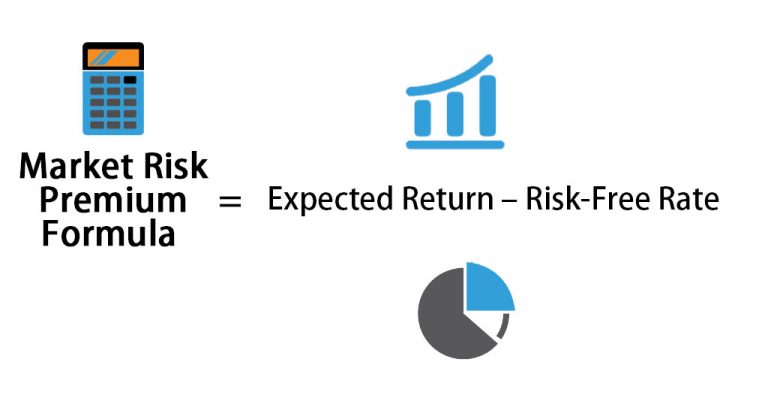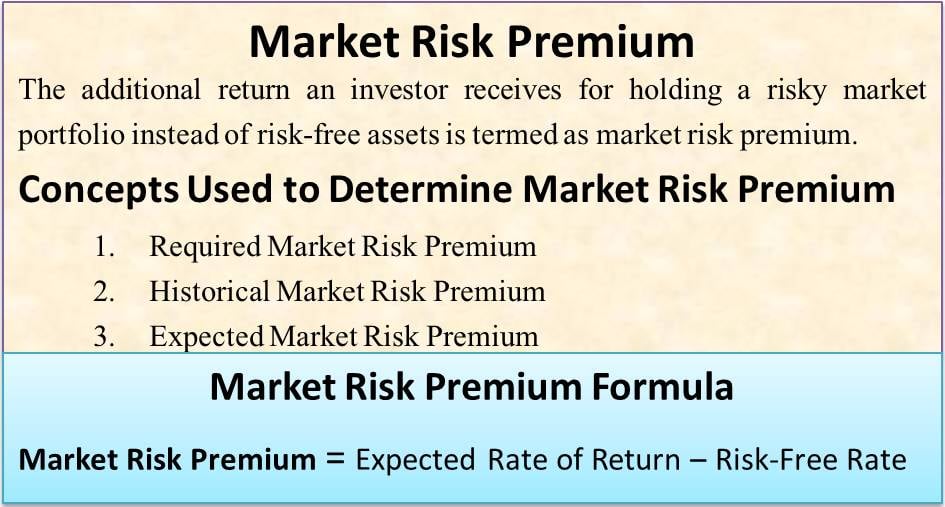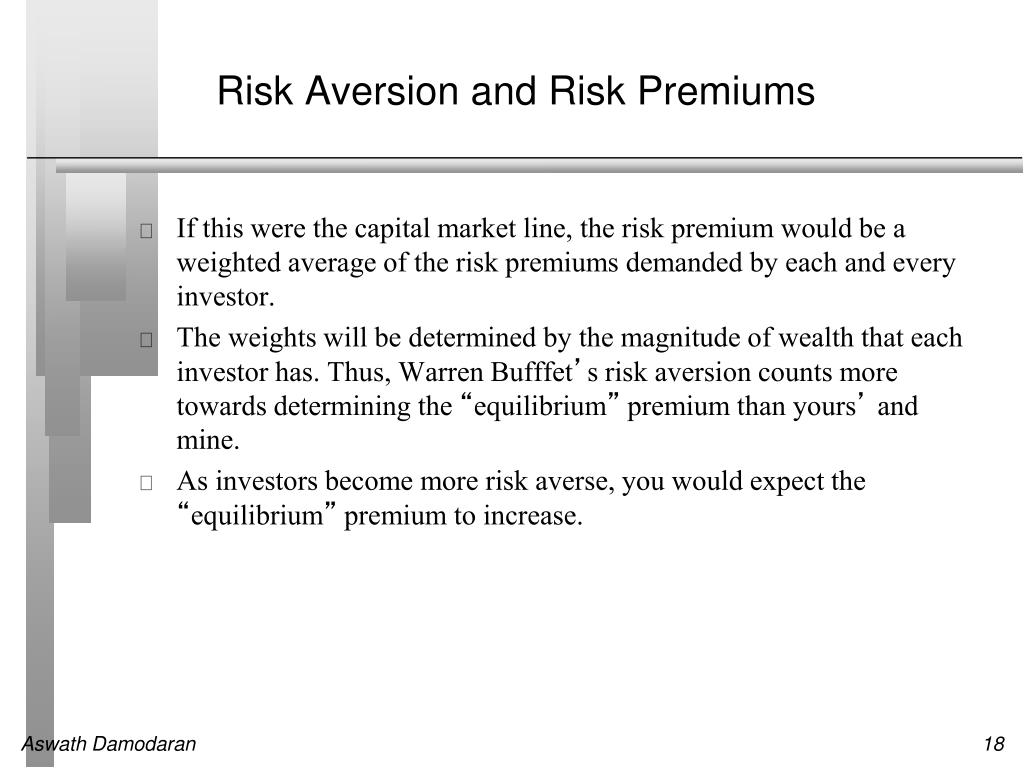Demystifying the Risk-Free Rate: What You Need to Know
In the realm of investments, the risk-free rate is a crucial concept that serves as a foundation for evaluating investment opportunities. It represents the return on an investment that carries no risk, such as U.S. Treasury bonds. The risk-free rate is a benchmark that investors use to compare the potential returns of different investments, allowing them to make informed decisions about their portfolios. Understanding the risk-free rate is essential for investors seeking to maximize returns while minimizing risk, as it provides a basis for calculating the risk premium. The risk premium, in turn, is the excess return an investor demands for taking on additional risk. By grasping the significance of the risk-free rate and risk premium, investors can navigate the complex landscape of investment opportunities with confidence.
What Drives the Risk-Free Rate: Uncovering the Key Factors
The risk-free rate is influenced by a combination of factors, including inflation expectations, economic growth, and monetary policy. Inflation expectations, for instance, play a significant role in shaping the risk-free rate, as investors demand higher returns to compensate for the erosion of purchasing power. Economic growth, on the other hand, can impact the risk-free rate by influencing the demand for credit and the overall direction of interest rates. Monetary policy, set by central banks, also has a profound impact on the risk-free rate, as it can influence the availability of credit and the overall direction of interest rates. Understanding these factors is crucial, as they can significantly impact investment decisions. For example, a rising risk-free rate may lead investors to adjust their asset allocation, shifting towards lower-risk investments to minimize potential losses. Conversely, a declining risk-free rate may encourage investors to take on more risk, seeking higher returns in a low-interest-rate environment. By grasping the factors that drive the risk-free rate, investors can make more informed decisions and navigate the complex landscape of investment opportunities with confidence.
How to Calculate the Risk Premium: A Step-by-Step Guide
Calculating the risk premium is a crucial step in investment decisions, as it helps investors determine the excess return required for taking on additional risk. The risk premium can be calculated using the Capital Asset Pricing Model (CAPM) formula: Risk Premium = Expected Return – Risk-Free Rate. To calculate the risk premium, investors need to determine the expected return of an investment and the risk-free rate. The expected return can be estimated using historical data or analyst forecasts, while the risk-free rate can be obtained from government bond yields. For example, if the expected return of an investment is 10% and the risk-free rate is 2%, the risk premium would be 8% (10% – 2%). Accurate calculations of the risk premium are essential, as they can significantly impact investment decisions. A higher risk premium may indicate a higher potential return, but it also implies a higher level of risk. By understanding how to calculate the risk premium, investors can make more informed decisions and optimize their portfolios to achieve their investment objectives. The risk-free rate and risk premium are interconnected, and changes in one can impact the other. Therefore, it is essential to consider both factors when making investment decisions.
The Risk Premium: Why It Matters in Investment Decisions
The risk premium plays a vital role in investment decisions, as it reflects the market’s expectations of returns and compensates investors for taking on additional risk. The risk premium is the excess return required by investors for investing in a particular asset or security, rather than a risk-free asset. It is a critical component of the Capital Asset Pricing Model (CAPM), which helps investors determine the expected return of an investment. A higher risk premium indicates a higher potential return, but it also implies a higher level of risk. Investors must carefully consider the risk premium when making investment decisions, as it can significantly impact their portfolio’s performance. For instance, a high-risk premium may be associated with investments in emerging markets or small-cap stocks, while a low-risk premium may be associated with investments in government bonds or large-cap stocks. By understanding the risk premium, investors can construct portfolios that balance risk and return, and make more informed investment decisions. The risk-free rate and risk premium are interconnected, and changes in the risk-free rate can impact the risk premium. Therefore, it is essential to consider both factors when making investment decisions and optimizing portfolios.
Understanding the Relationship Between Risk-Free Rate and Risk Premium
The risk-free rate and risk premium are two interconnected concepts that play a crucial role in investment decisions. The risk-free rate serves as a benchmark for evaluating investment opportunities, while the risk premium reflects the market’s expectations of returns. Changes in the risk-free rate can significantly impact the risk premium, and vice versa. For instance, an increase in the risk-free rate may lead to a decrease in the risk premium, as investors may demand higher returns for taking on additional risk. Conversely, a decrease in the risk-free rate may lead to an increase in the risk premium, as investors may be willing to accept lower returns for taking on less risk. Understanding the relationship between the risk-free rate and risk premium is essential for investors, as it can help them make more informed investment decisions and optimize their portfolios. By recognizing how changes in the risk-free rate impact the risk premium, investors can adjust their investment strategies to maximize returns and minimize risk. The risk-free rate and risk premium are critical components of the Capital Asset Pricing Model (CAPM), which helps investors determine the expected return of an investment. By grasping the intricate relationship between these two concepts, investors can gain a deeper understanding of the investment landscape and make more informed decisions. The risk-free rate and risk premium are not mutually exclusive, and changes in one can have a ripple effect on the other. Therefore, it is essential to consider both factors when making investment decisions and constructing portfolios.
Real-World Applications: How Risk-Free Rate and Risk Premium Impact Investment Strategies
The risk-free rate and risk premium have significant implications for investment strategies, and understanding their impact is crucial for investors seeking to maximize returns. In asset allocation, the risk-free rate and risk premium influence the proportion of assets allocated to different classes, such as stocks, bonds, and cash. For instance, a higher risk premium may lead investors to allocate a larger proportion of their portfolio to higher-risk assets, such as stocks, in pursuit of higher returns. Conversely, a lower risk premium may lead investors to allocate a larger proportion of their portfolio to lower-risk assets, such as bonds, to minimize risk. In portfolio optimization, the risk-free rate and risk premium are used to calculate the expected return of a portfolio and determine the optimal asset allocation. By understanding the relationship between the risk-free rate and risk premium, investors can construct portfolios that balance risk and return. In risk management, the risk-free rate and risk premium are used to assess the potential risks and returns of different investments. For example, an investor may use the risk premium to determine the expected return of a stock and compare it to the risk-free rate to determine whether the investment is worth taking on. By considering the risk-free rate and risk premium, investors can make more informed decisions about their investments and manage risk more effectively. The risk-free rate and risk premium also have implications for active management, where investors seek to beat the market by actively selecting investments. By understanding the relationship between the risk-free rate and risk premium, active managers can identify opportunities to generate excess returns and construct portfolios that outperform the market. In summary, the risk-free rate and risk premium have far-reaching implications for investment strategies, and understanding their impact is essential for investors seeking to maximize returns and manage risk.
Common Pitfalls to Avoid When Working with Risk-Free Rate and Risk Premium
When working with the risk-free rate and risk premium, investors must be aware of common pitfalls that can lead to suboptimal investment decisions. One common mistake is incorrect calculations, which can result in inaccurate estimates of the risk premium and misinformed investment decisions. For instance, using outdated or incorrect data can lead to miscalculations of the risk-free rate, which can have a ripple effect on the entire investment strategy. Another pitfall is misinterpreting data, which can lead to incorrect conclusions about the risk premium and its implications for investment decisions. For example, investors may misinterpret a high risk premium as a sign of high returns, when in fact it may indicate high risk. Ignoring market conditions is another common mistake, as changes in market conditions can impact the risk-free rate and risk premium. For instance, a change in monetary policy can impact the risk-free rate, which can in turn impact the risk premium. Failing to consider these changes can lead to suboptimal investment decisions. Additionally, investors may overlook the relationship between the risk-free rate and risk premium, leading to incorrect assumptions about the expected returns of an investment. By being aware of these common pitfalls, investors can avoid making costly mistakes and make more informed investment decisions. It is essential to approach the risk-free rate and risk premium with a nuanced understanding of their complexities and interdependencies. By doing so, investors can unlock the full potential of these critical investment concepts and achieve greater success in their investment endeavors. The risk-free rate and risk premium are powerful tools for investors, but they must be wielded with care and attention to detail to avoid common pitfalls and maximize returns.
Maximizing Returns: How to Leverage the Risk-Free Rate and Risk Premium in Your Investment Strategy
To maximize returns, investors can leverage the risk-free rate and risk premium in their investment strategy by adopting a combination of diversification, hedging, and active management techniques. Diversification involves spreading investments across different asset classes to minimize risk, while hedging involves taking positions that offset potential losses. By incorporating the risk-free rate and risk premium into these strategies, investors can optimize their portfolios and achieve higher returns. For instance, investors can use the risk-free rate as a benchmark to evaluate the performance of their investments and adjust their portfolios accordingly. They can also use the risk premium to identify undervalued or overvalued assets and make informed investment decisions. Active management involves continuously monitoring and adjusting the portfolio to respond to changes in market conditions, and the risk-free rate and risk premium can serve as key indicators of these changes. By staying attuned to shifts in the risk-free rate and risk premium, investors can make timely adjustments to their portfolios and capitalize on emerging opportunities. Furthermore, investors can use the risk-free rate and risk premium to construct a diversified portfolio that balances risk and return. By allocating assets based on their expected returns and risk profiles, investors can create a portfolio that is optimized for maximum returns while minimizing risk. By leveraging the risk-free rate and risk premium in their investment strategy, investors can unlock the full potential of their investments and achieve greater success in the markets. By understanding the intricacies of the risk-free rate and risk premium, investors can make more informed decisions and maximize their returns in a rapidly changing investment landscape.


:max_bytes(150000):strip_icc()/dotdash_Final_Risk_Feb_2020-01-66f3c5ffb3c040848f1708091fa40eb9.jpg)




